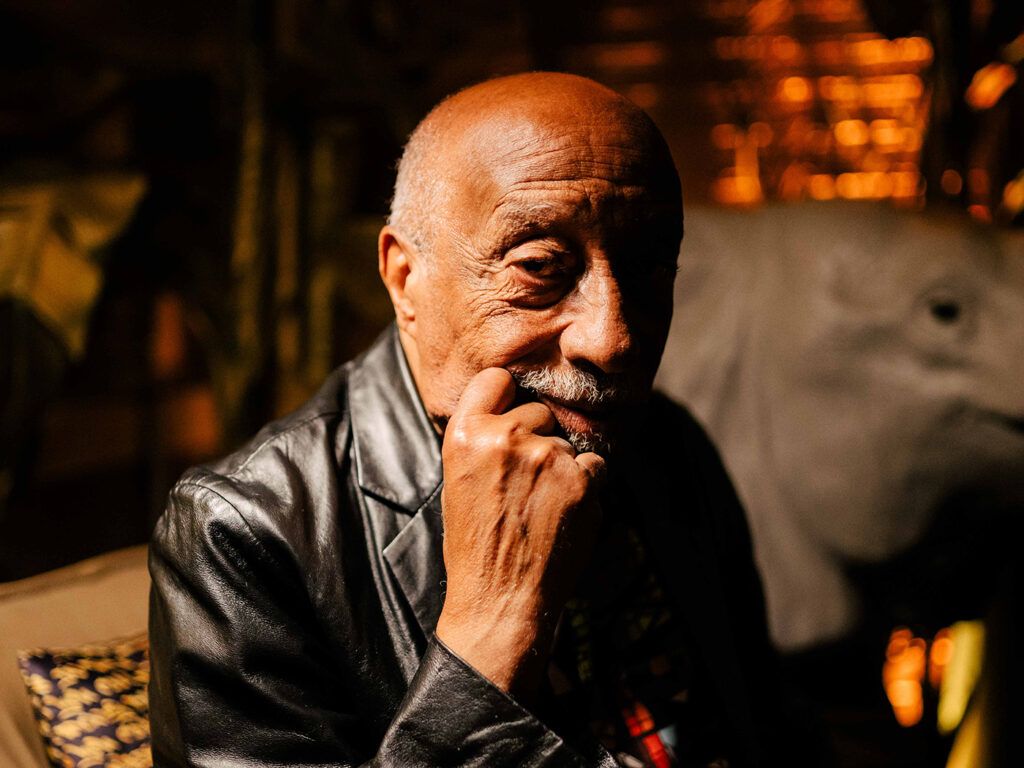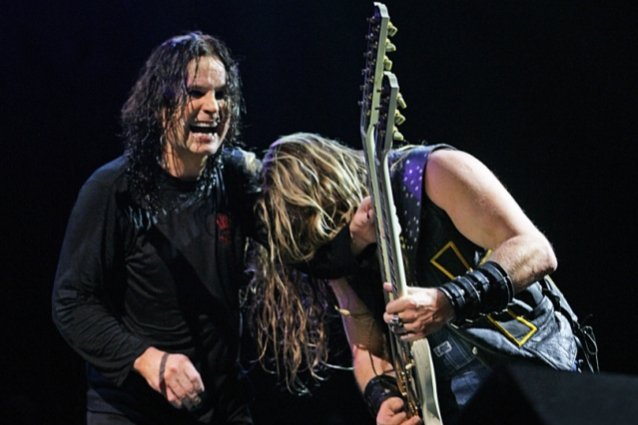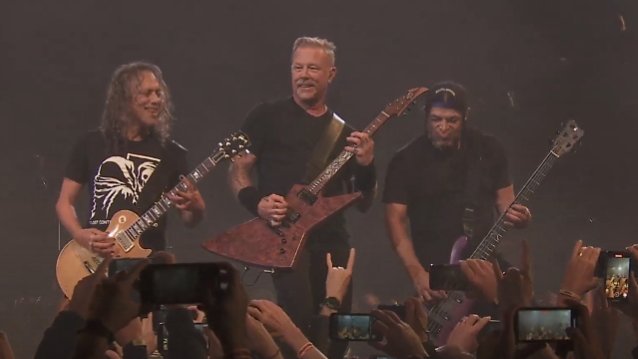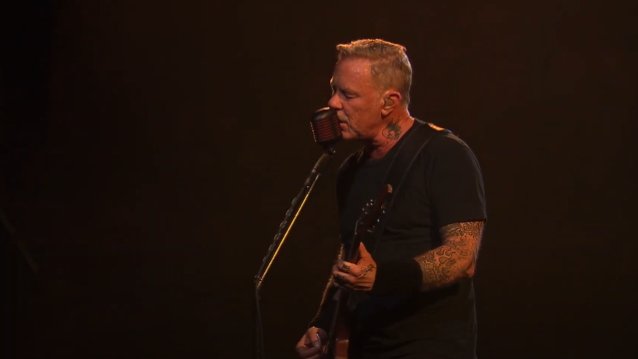Mulatu Astatke – Mulatu Plays Mulatu

Somewhere around the close of the 1950s, a 16-year-old Ethiopian boy arrived at Lindisfarne College, a boarding school in the Wrexham countryside. The young Mulutu Astatke had come to North Wales to earn a qualification in aeronautical engineering. But around his more formal studies, he picked up a trumpet and, encouraged by Lindisfarne’s headmaster, learned to play. His journey from there was meteoric – from rural Wales to London’s prestigious Trinity College of Music, and then into the city’s flourishing jazz underground, where he graced the stages of Ronnie Scott’s and Soho’s Metro Club, rubbing shoulders with other musicians from Africa and the Caribbean. Arriving in America in 1963, Astatke became the first African musician to enrol at Boston’s Berklee College of Music, where he studied vibraphone and percussion.
His journey was meteoric
Somewhere around the close of the 1950s, a 16-year-old Ethiopian boy arrived at Lindisfarne College, a boarding school in the Wrexham countryside. The young Mulutu Astatke had come to North Wales to earn a qualification in aeronautical engineering. But around his more formal studies, he picked up a trumpet and, encouraged by Lindisfarne’s headmaster, learned to play. His journey from there was meteoric – from rural Wales to London’s prestigious Trinity College of Music, and then into the city’s flourishing jazz underground, where he graced the stages of Ronnie Scott’s and Soho’s Metro Club, rubbing shoulders with other musicians from Africa and the Caribbean. Arriving in America in 1963, Astatke became the first African musician to enrol at Boston’s Berklee College of Music, where he studied vibraphone and percussion.
But Astatke wasn’t ready to leave his homeland behind. Relocating to New York, he found himself in a fusion mindset, mixing Ethiopian musical scales with European jazz, American funk and Latin music to create an intoxicating new sound he called “Ethio-jazz”. In 1969, he returned to Addis Ababa, landing in the midst of a vibrant nightlife scene that became known as “Swinging Addis”. Alongside other figures like Mahmoud Ahmed and Alemayehu Eshete – the ‘Ethiopian Elvis’ – Mulatu Astatke became a star, performing for Haile Selassie, jamming with Duke Ellington and befriending Alice Coltrane.
Astatke has earned the title of elder statesman
Now aged 81, Astatke has earned the title of elder statesman. But like some other stars of the jazz firmament – the 84-year-old Joe McPhee, or Marshall Allen, 101-year-old bandleader of the Sun Ra Arkestra – age has not diminished him. Mulatu Plays Mulatu might be framed as a goodbye – a final album, before a farewell tour. But Astatke is not yet ready to rest on his laurels.
The 11 tracks contained within were originally recorded in the 1960s and ’70s, a period during which Astatke was expounding and expanding his Ethio-jazz concept. For sure, Mulatu Plays Mulatu is not without a sense of nostalgia – the octogenarian bandleader back to roam the streets of his old neighbourhood and reminisce. But in the liner notes, producer Dexter Story draws a comparison to Duke Ellington’s habit of revisiting and reworking his old songs, often with transformative effect. It was recorded in two sessions – the first in London with a nine-piece big band including veteran musicians like trumpeter Bryon Wallen and improvising bassists John Edwards and Neil Charles. A second leg took place at Jazz Village, Astatke’s own club in Addis Ababa. There, Astatke and Story recorded local musicians as they took up traditional Ethiopian instruments like the masenqo fiddle, krar lyre and washint flute, directing them to add additional melody and textures to the London recordings before a final mixdown.
The result showcases some of Astatke’s best-known tracks in a whole new light. He’s revisited “Chik Chikka” several times over the years, notably with London group The Heliocentrics, with whom he worked on his 2009 comeback record Inspiration Information. But this take trumps the version on that record, tenor saxophone weaving through a lattice of hypnotic hand percussion. Similarly familiar is “Yekermo Sew” – a spin on Horace Silver’s Blue Note classic “Song For My Father” that became something of an Astatke calling card when Jim Jarmusch included it on the soundtrack to his 2005 film Broken Flowers. The original feels like it winds its way to your ears from the far end of a smoky bazaar. But Mulatu Plays Mulatu’s version stretches it out to almost double the length, with some extended improvisatory passages and a new widescreen quality that renders the interplay between piano, saxophone and Astatke’s vibraphone in sparkling high definition.
View these time-honoured tunes from a surprising new vantage point
In more recent years, Astatke has been a great advocate for the revival of traditional Ethiopian instruments, and Mulatu Plays Mulatu’s wide depth of field ensures the Egyptian players are given the space to shine. Takes on “Zelesenga Dewel” and “Kulun” – a traditional wedding song written in the Ethiopian anchihoye scale – feel noticeably richer and more detailed than in earlier incarnations, augmented by the scrape of fiddle and the trill of flute. This emphasis doesn’t come at the expense of the music’s sense of swing, though. “Yekatit” and “Netsanet” – the latter featuring percussion from sometime Andre 3000 producer Carlos Niño – foreground Astatke’s funk leanings, with loping bass and drums right in the pocket.
You could mount an argument that these are the definitive performances, although that probably isn’t the point – the idea is to view these time-honoured tunes from a surprising new vantage point. Whatever, you leave Mulatu Plays Mulatu in reverence. Astatke’s status – as gifted musician, visionary bandleader and eternal innovator – is forever assured.
When you purchase through links on our site, we may earn an affiliate commission. Here’s how it works.
Link to the source article – https://www.uncut.co.uk/reviews/mulatu-astatke-mulatu-plays-mulatu-151571/
-
KRK S8.4 8 inches Powered Studio Subwoofer Class D Power amplifiers 4-Position Crossover Frequency and 109 watts of Power with Gravity Magnet Phone Holder Bundle$0,00 Buy product
-
TC-Helicon GO GUITAR Portable Guitar Interface for Mobile Devices$29,00 Buy product
-
Focusrite Scarlett 2i2 4th Gen 2×2 USB Audio Interface Bundle with 2x H&A 6′ XLR Cables, For PC & MAC, Great for Music Recording and Podcast (3 Items)$199,99 Buy product
-
JOYO Guitar Audio Interface Pocket Internal Recording Sound Card with Type-C and Lightning for Live Streaming by Phone and Laptop Plug & Play (MOMIX CAB)$19,99 Buy product
-
Q Power GMC12 DF Q Power GMC 12″ Down Firing 1999-2006$136,66 Buy product












Responses